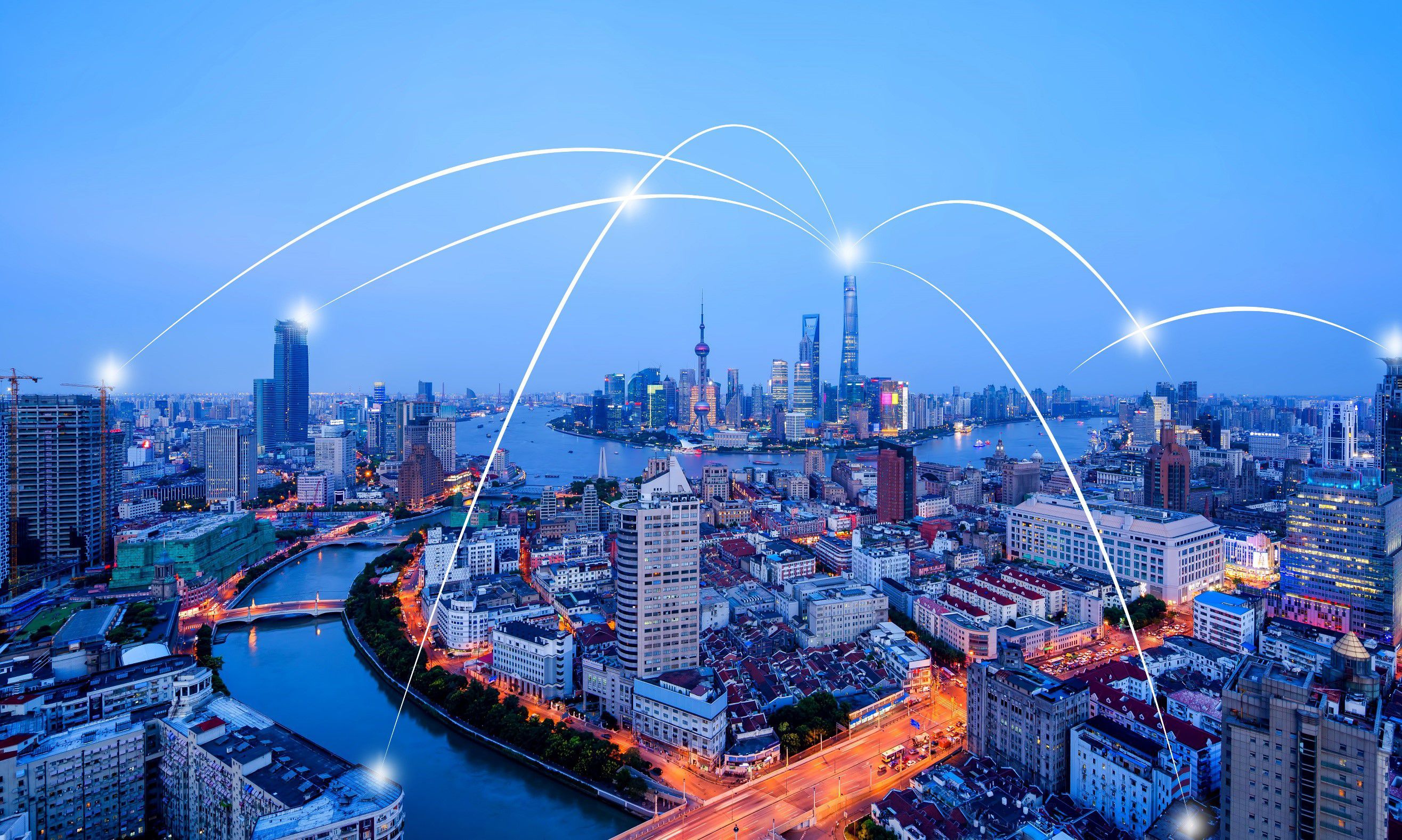What does IoT mean for retail execution? More time back, fewer surprises, and less trips
 Most consumer goods (CG) organizations are familiar with the benefits of Internet of Things (IoT)-empowered tracking, but mainly as it pertains to supply chain management. The ability to track cargo has delivered great insights that help prevent shipping delays, reduce transit costs, and keep track of warehouse stock. But fewer CG companies are aware that they can take IoT to a whole new level.
Most consumer goods (CG) organizations are familiar with the benefits of Internet of Things (IoT)-empowered tracking, but mainly as it pertains to supply chain management. The ability to track cargo has delivered great insights that help prevent shipping delays, reduce transit costs, and keep track of warehouse stock. But fewer CG companies are aware that they can take IoT to a whole new level.
As the price of sensors and RFID technology has decreased, more and more individual items can be tracked using IoT. It’s now possible to put sensors just about everywhere, including on shelves, racks, and displays in-store to track products and customer reactions. Device-enabled insights help retail execution teams in a variety of ways, including:
- Proactively identifying issues—such as out-of-stocks or incorrect displays
- Significantly reducing time spent on manual activities—like visit planning
- Closely tracking product performance and taking swift action to drive improvements—such as re-adjusting a poorly-performing campaign
IoT-enabled retail execution reduces costs, improves productivity and increases revenue. Skeptical? Let’s walk through it from start to finish.
Pre-visit
Enhanced end-to-end visibility enables retail execution teams to more easily manage their business. Rather than working off manual counts or estimates from the stores, brand reps have access to real-time, accurate, automated inventory reports. This makes it easier to understand the movement and distribution of products between warehouse and store. Currently, due to a lack of time, CG organizations outsource more than half of their promotions execution and merchandizing efforts[i]. Automatic order-tracking and trip-planning help reduce the amount of time required for reps to plan store visits, enabling them to concentrate on retailer relationships.
Visit
Companies report revenue losses of 7.4 percent due to stockouts at retail stores[ii]. With IoT sensors, retail execution teams can react more quickly to shelf conditions with real-time data about what is popular and what is sold out. If the weight on a given shelf drops below a predefined threshold, the shelf triggers an automatic order of the product – so the business doesn’t lose revenue while an “out-of-stock” sign frustrates customers.
By combining location data with individual customer data, reps can ensure that in-store promotions are in front of the right people, at the right time. Beacons connected to mobile opt-in apps can track when customers approach or leave a specific location, enabling retail teams to target customers with mobile offers before they even enter the door. Digital signs display relevant promotional ads to nearby customers based on beacon data, as well as time of day, season, weather, and other pertinent data. Heat-mapping technology can determine the volume of customers passing through, alerting digital signs to upsell items if there is high foot traffic or to change to more engaging displays to draw people in[iii].
IoT data also helps retail execution teams identify and react to issues quickly, empowering them to adjust unsuccessful campaigns on the fly. Field teams analyze the impact of digital signage and real-time data pushed from beacons to arrive with informed recommendations—leading to more immediate and effective changes instead of waiting for end-of-cycle reviews to make an adjustment.
Post-visit
IoT data continues to deliver benefits even after reps complete store visits. Real-time point-of-sale (POS) and on-hand inventory data can help improve sales by 10 percent[iv]. With retail execution software that is equipped to handle IoT inputs, consumer goods manufacturers can view consolidated data from smart shelves and racks, sensors on products, and other types of visit data. This provides a consistent way for field reps and management to review and act on the same information in near-real-time. They can use pre-configured or custom dashboards to view the status of certain stores, or of every store at once. As a result, executives can make faster, more informed decisions around store strategy and find new opportunities for revenue.
Try it yourself
Today, it’s easier than ever to start your journey toward IoT-enabled retail execution. AFS POP Retail Execution, a mobile, flexible, and robust SaaS solution built on Microsoft cloud technology, is designed to help field teams manage daily tasks more efficiently, freeing up time for strategic activities. AFS Retail Execution supports IoT data, and ongoing enhancements will continue to deliver new IoT-focused capabilities.
Try AFS POP Retail Execution today at www.AppSource.com. To learn more about how Microsoft is turning business processes into business advantages for organizations everywhere, check out some of our other posts here, including how AFS Retail Execution drives value for CGs, how personalized digital experiences drive customer engagement, and how rapid modernization is occurring throughout the retail industry.
[i] EKN Outlook, 2016
[ii] EKN Outlook, 2016
[iii] http://www.digitalsignagetoday.com/articles/digital-signage-leading-the-way-for-retail-iot/
[iv] EKN Outlook, 2016




